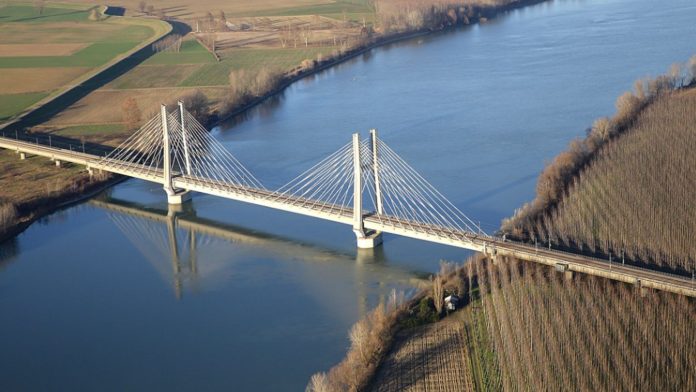ANSFISA – National Agency for the Safety of Railways and Road and Motorway Infrastructures, the Italian Railway Network and the Fabre Consortium have signed an agreement which aims at full collaboration in carrying out the activities set out in the draft of the “Guidelines for the census, classification and management of existing railway bridges” on 15 railway bridges, including culturally relevant ones.
The agreement was signed by the Director of ANSFISA, Ing. Domenico Capomolla, by the Chief Executive Officer of RFI, Ing. Gianpiero Strisciuglio and by the President of the Fabre Consortium, Ing. Walter Salvatore.
The guidelines will provide an advanced, unambiguous and uniform tool which, going beyond the concept of a simple census of existing bridges, through a general, multi-level, multi-criteria and multi-objective approach, will allow the determination of a “class of attention” for risk management, the safety verification of railway bridges and the planning of interventions.
ANSFISA has launched a process of attention to road works by directing managers to implement the Guidelines for risk classification and management, safety assessment and monitoring of existing bridges, approved in 2020 by the Superior Council of Public Works and adopted by the Ministry of Infrastructure and Transport. This agreement represents a fundamental step in extending the model to the railway infrastructure rich in peculiarities and also characterized by a culturally relevant heritage.
RFI has already been involved in the monitoring issue for some time with a series of cutting-edge systems, including drones that fly over the railway infrastructure and provide geometric surveys and 3D models for the recognition of any defects and intelligent sensors applied to the structures for the construction of the their digital twins.
In the memorandum of understanding, a series of factors were taken into consideration which will serve to identify the works subject to monitoring, including the geographical location, the type of construction, the material used, the geometric characteristics, the level of defects, the risk factors and the presence of any monitoring systems.
The two-year agreement also provides for a final report with a summary of the results of the activity and possible future developments

